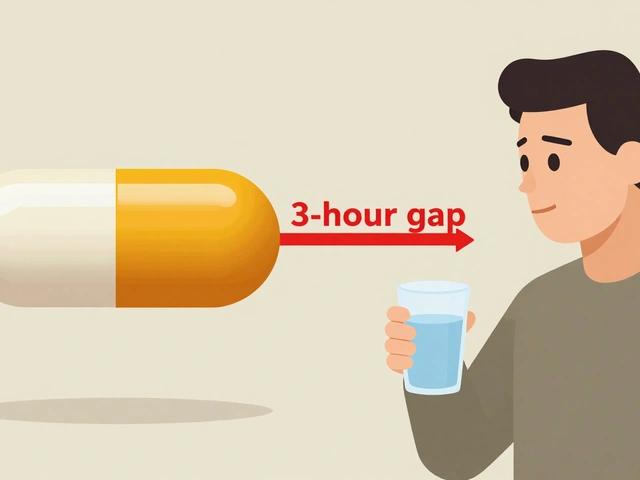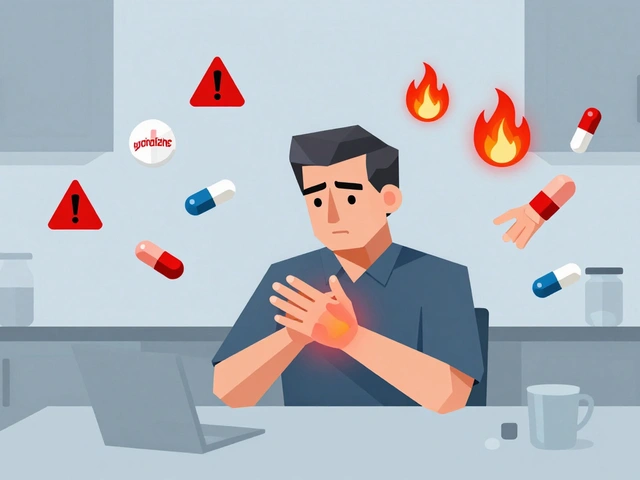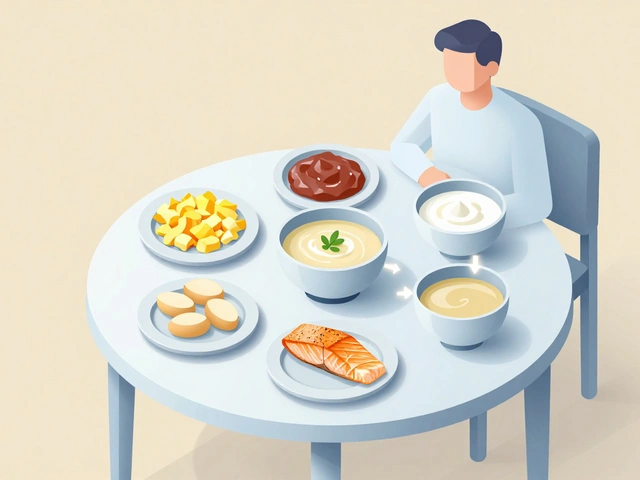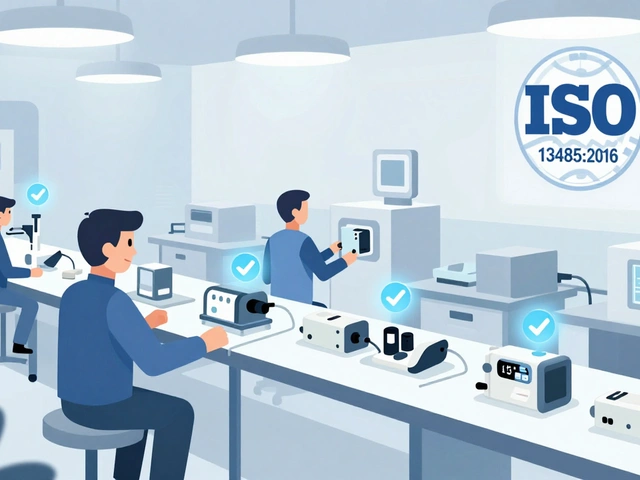GLP-1 agonists: what they do and what to expect
GLP-1 agonists are a class of medicines used mainly for type 2 diabetes and, increasingly, for weight loss. They mimic the natural hormone GLP-1 to boost insulin after meals, slow stomach emptying, and reduce appetite. That combination helps lower blood sugar and often leads to steady weight loss.
Common drugs you’ll see are semaglutide (Ozempic, Wegovy, Rybelsus), liraglutide (Victoza, Saxenda), dulaglutide (Trulicity), exenatide (Byetta, Bydureon), and lixisenatide (Adlyxin). Some are injected weekly, some daily, and one form is an oral tablet. They’re different in dosing, side effects, and cost, so the choice comes down to your medical goals and what your doctor recommends.
What to expect when starting
Most people get nausea in the first weeks. It usually improves if you start on a low dose and raise it slowly. Eat smaller meals and avoid greasy foods to cut nausea. Sip water and try ginger or plain crackers if you feel queasy. If nausea is severe or you can’t keep fluids down, call your clinician.
Benefits, risks, and safety tips
These drugs lower A1C and help with weight. They may also lower blood pressure and improve heart outcomes for some people. On the risk side, expect stomach upset, possible constipation, or diarrhea. Rare but serious risks include pancreatitis and gallbladder problems. There’s an animal link to thyroid C-cell tumors, but the human risk seems low; still, people with a personal or family history of certain thyroid cancers usually avoid them.
Tell your prescriber about all medicines you take. GLP-1 agonists can raise the risk of low blood sugar if used with insulin or sulfonylureas, so insulin doses often need to be cut. Watch kidney function if you have kidney disease. Learn proper injection technique from a nurse or pharmacist. Store injectables in the fridge until first use, then follow the product instructions.
Cost and access: These medications can be expensive. Many insurance plans cover them for diabetes but may deny coverage for weight loss. Ask your clinic about patient assistance programs, manufacturer coupons, or pharmacy discount services. Don’t order injectable medicines from unknown online stores. Use licensed pharmacies and verify prescriptions to avoid counterfeit products.
How to talk with your doctor: Be clear about your goals: better glucose numbers, weight loss, or both. Ask how long before you’ll see changes, what side effects to expect, and how doses will be adjusted. Request a plan for monitoring blood sugar and kidney tests. If cost is a worry, ask about alternatives or trials you might join.
If you want to read more, check articles on our site about specific GLP-1 drugs, buying meds safely, and tapering or switching therapies. Knowing the basics helps you make smart choices with your healthcare team.
Quick checklist before starting: confirm diagnosis and goals with your doctor, review current meds for interactions, check insurance coverage, learn injection steps, and plan follow-up lab work. Report persistent stomach pain, severe nausea, or jaundice right away. Small, early steps cut risks and help you get benefits faster and safely.
Curious about what’s next after glipizide? Discover the hottest oral diabetes treatments in 2025. We break down SGLT2s, GLP-1s, and DPP-4s to help you find the smartest way to manage your A1c. Get the facts, real-life tips, and all the pros and cons, whether you’re new to diabetes or considering a medication change.
Continue reading...






